Safety Standards for Collaborative Robots Worldwide
Posted on Feb 18, 2014 in Collaborative Robots
4 min read time
Collaborative robot safety standards are extremely important because they insure safe working environments. But having global safety standards are even more interesting, as it means that robot manufacturers can design systems that will meet international requirements, reduce liability for robot manufacturers, reduce compliance costs globally and allow robot manufacturers to freely sell their product anywhere in the world. This is why safety standards though they sound like a bureaucratic no mans land are really crucial for robotic innovation and robot implementation.

Because safety standards are similar to a rather complicated bit of code, I have decided to break this subject into three parts the first dealing with what the standards actually are and where you can locate the information, the second dealing with the terminology used in the different standards, so that we are all on the same page and talking about the same thing, and third, the most pertinent aspects of the safety standards for collaborative robots.
First it is important to note that all of these standards are voluntary and you can see that regulation and development are vying for their place in the standards, which are of necessity very fluid and constantly updated considering the innovative nature of the industry. So, let's start with a look at what safety standards are in place at the moment.

UNITED STATES OF AMERICA
American National Standards Institute or ANSI RIA R15.06 -1999 are voluntary and can be used until the end of 2014. During the transition period, there is a choice of using either the 1999 R15.06-2009 or the new R15.06-2012. The ANSI/RIA R15.06-2012 standard which is the updated version is now harmonized with the International ISO 10218-1 & 2 standard for robot manufacturers and robotic system integrators.
Then there is the American Welding Society (AWS) which has created over 350 standards for welding practices, procedures and safety standards for welding robot systems.
Occupational Safety and Health Standards or OSHA standards which govern worker safety and are not voluntary, but these do not currently provide specific standards for the robotics industry.
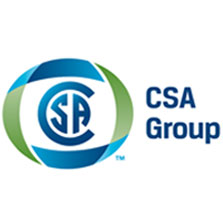
CANADA
Canadian Standards Association or CAN/CSA-Z434-03 (R2013) Industrial Robots and Robot Systems - General Safety Requirements – Based on ANSI RIA R15.06-1999
EUROPE
Divides robot safety into four categories, industrial, personal care, service, and medical.
International Organization for Standardization or ISO 10218-1 Safety of Industrial Robots and ISO 10218-2 Safety of Industrial Robot Integration.
A technical report on safety for collaborative robot systems is also being developed ISO TS 15066, but it is not as yet available, as test procedures that validate acceptable force and pressure limits are still being developed.
Also, a new ISO 13482 performance criteria standard for service robots has just been released, which would specifying performance criteria related to safety requirements for personal care robots, including: mobile servant robot, physical assistant robot, person carrier robot.
It is important to note that ISO machine safety standards are written to the suppliers and not the users of the equipment. The reason for this is that every country around the world, including the U.S. (example OSHA) and each province of Canada, has its own workplace (user) safety requirements.
Globalization and Safety Standard Harmonization
According to Roberta Nelson Shea; Director of Safety & Compliance at Symbotic, in a presentation she made last year about Robot Safety Standards, this means that robot standards for Canada CSA, USA ANSI, Europe ISO, and EN ISO are harmonized to be almost the same. She also emphasized that while harmonization is reducing differences, there will always be regional/country specific requirements like electrical codes/regulations, differences in voltage/current, and technical expertise. And that "while standards writers try to think towards the future, it is difficult to write safety requirements for an application or use or need that does not yet exist or hardly exists. Innovation leads, standards lag."
Now if we are really talking global we need to include Japan, the recognized leader in Robot Innovation, South Korea, China and India. And you start to understand why standards are important even if many countries are playing catch up or merely trying to harmonize trade regulations, which in turn impact safety standards. For example, South Korea became a World Trade Organization, WTO member and signatory to the TBT Agreement (Technical Barrier Treatment) in 1995, the year the WTO was created, and declared its commitment to a system of global cooperation. As a result, the Korean Industrial standards (KS) were established by

the Industrial Standardization Law, as part of an overall obligation to employ international standards, and are in line with the framework of the international IEC and ISO standards.
For those who are looking for more precise information a good resource for international standards is the ANSI website 'standards portal' which coordinates information on China, India and Korea.
For Japan, standards are structured under the Japanese Industrial Standards (JIS) which specifies the standards used for industrial activities in Japan.
At this point you are probably thinking 'This is way too complicated! I think I won't even bother with safety standards, I just want my bot to work!' But safety standards are important for commercialization, and they are also important for you. Because you don't want to become the next Robert Williams or Kenji Urada.
Next up – Terminology


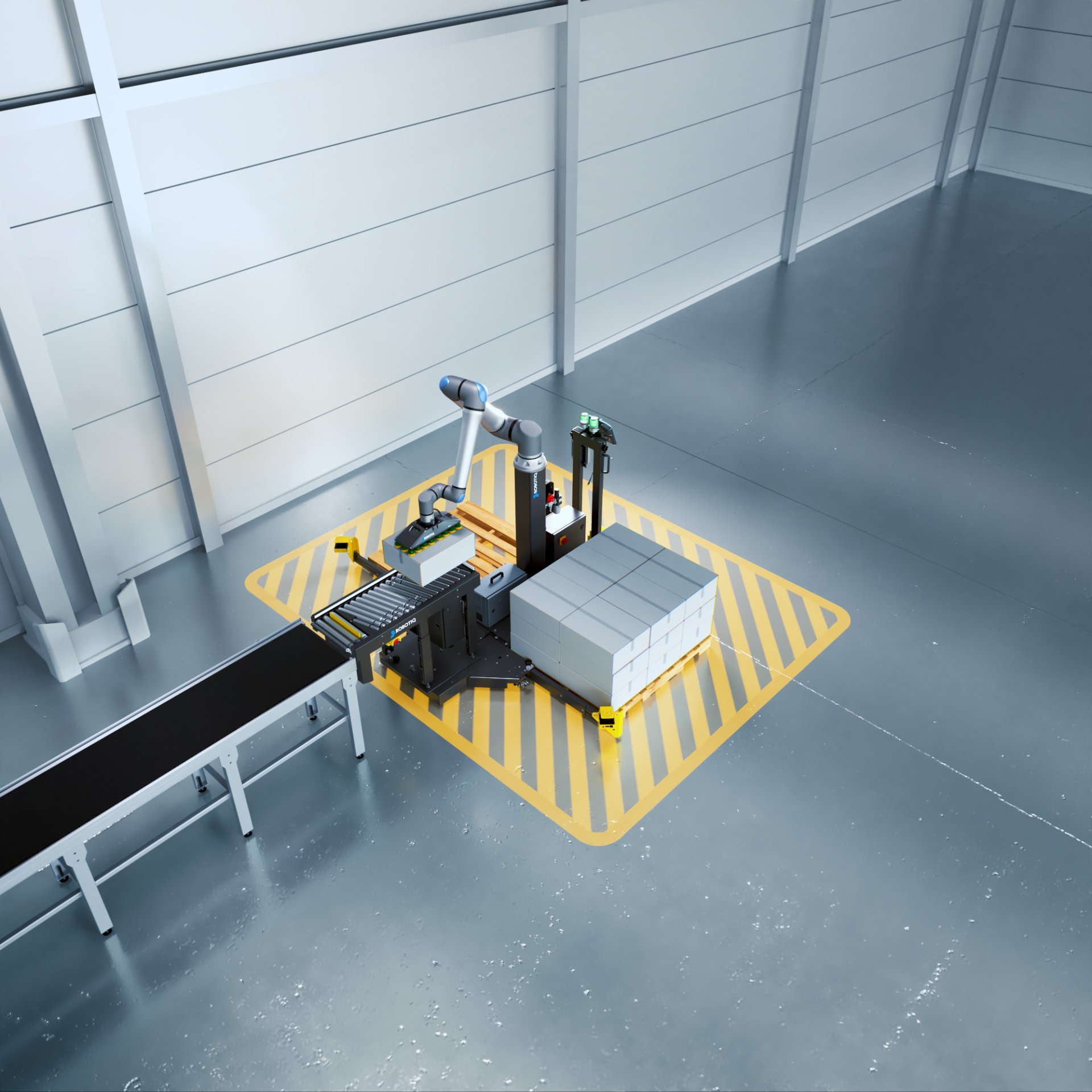

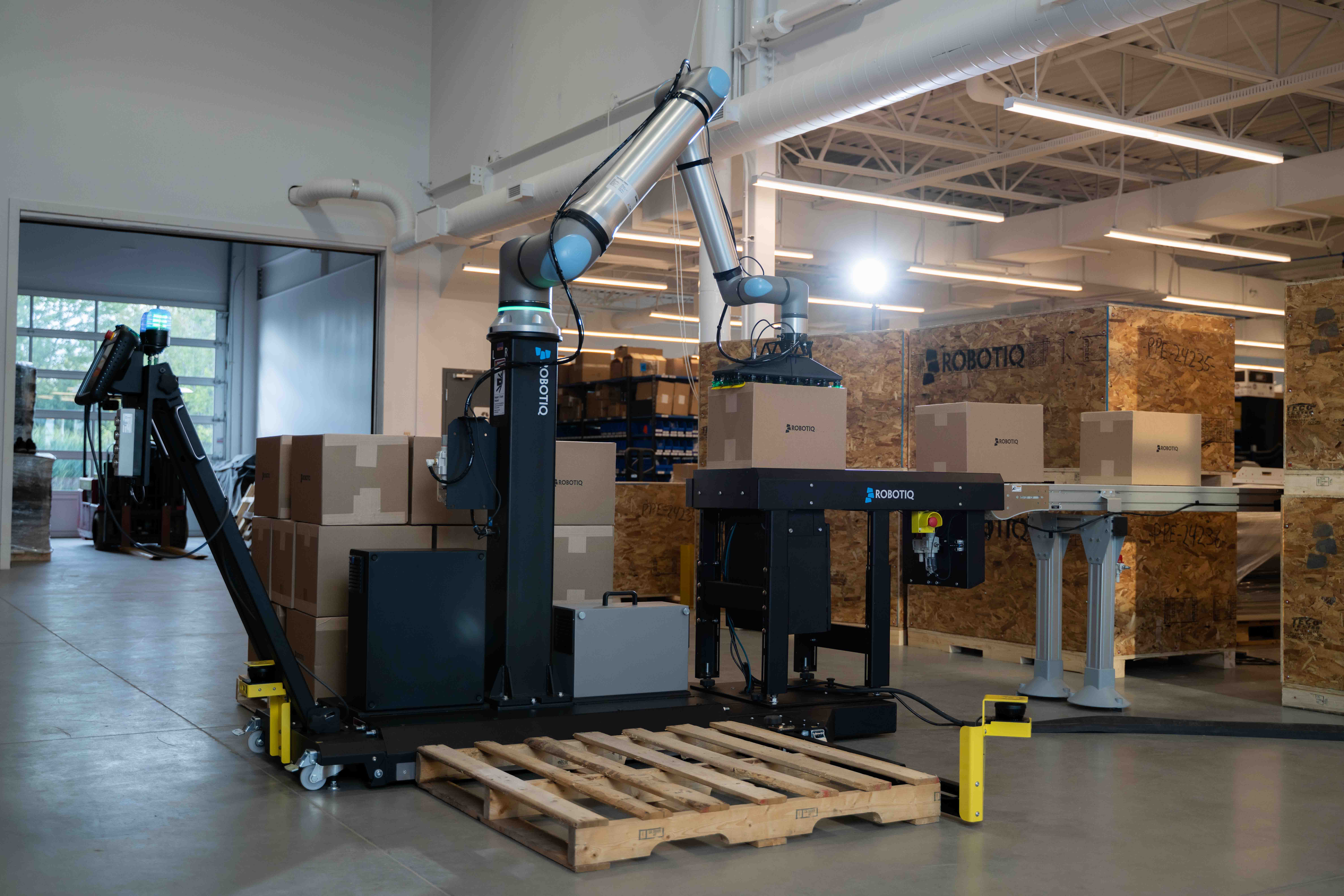
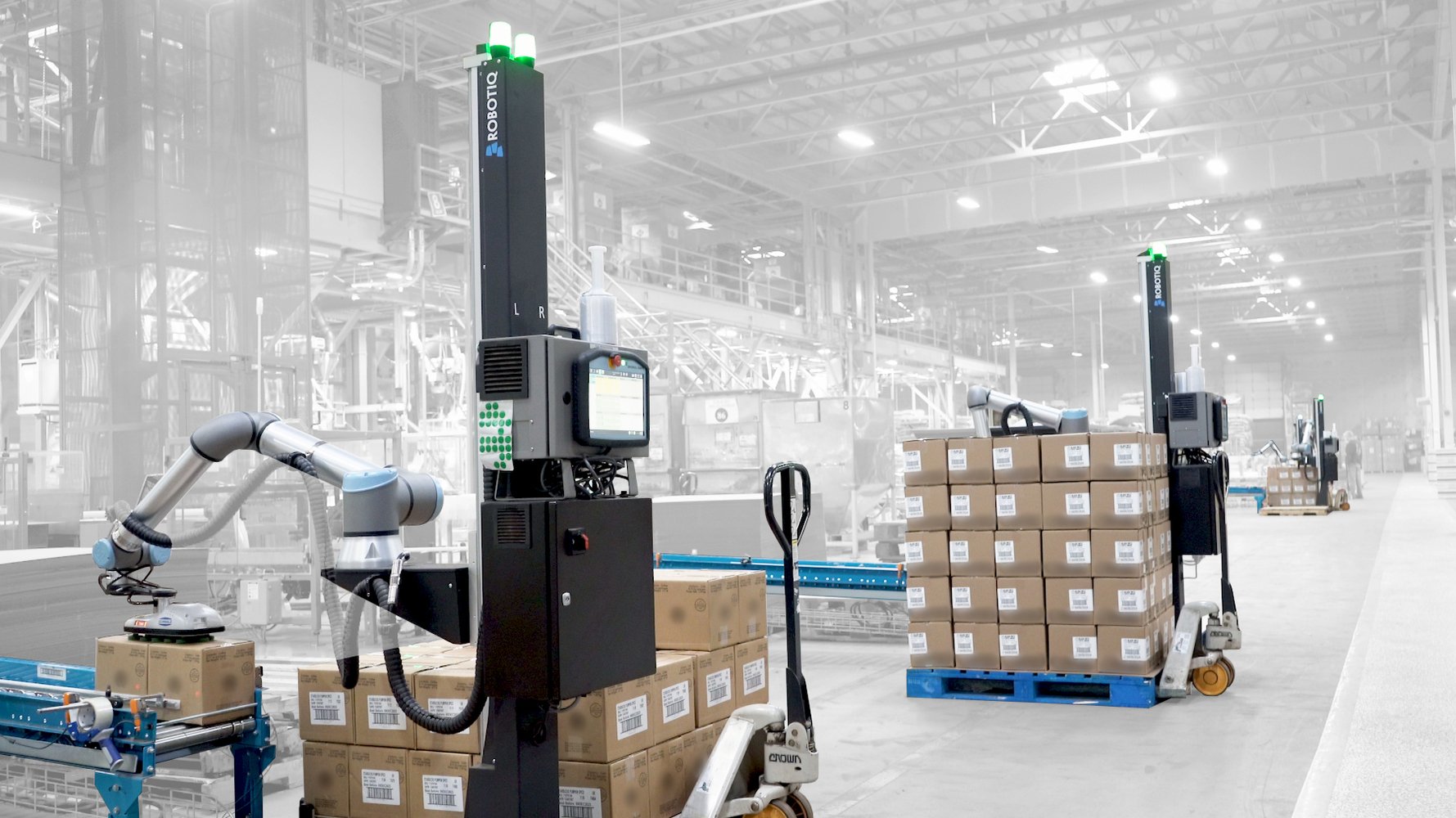
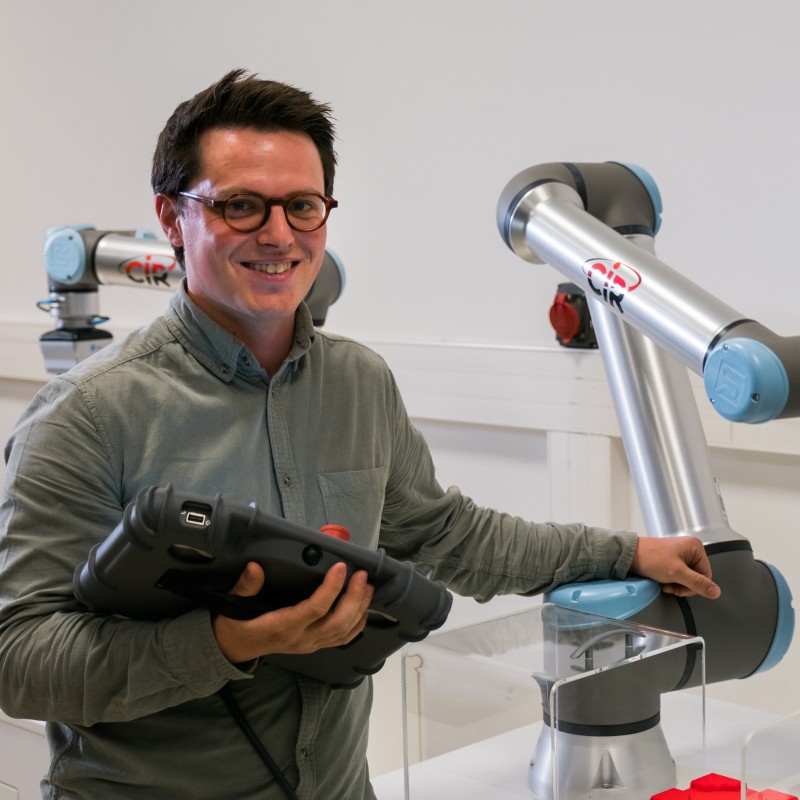
Leave a comment